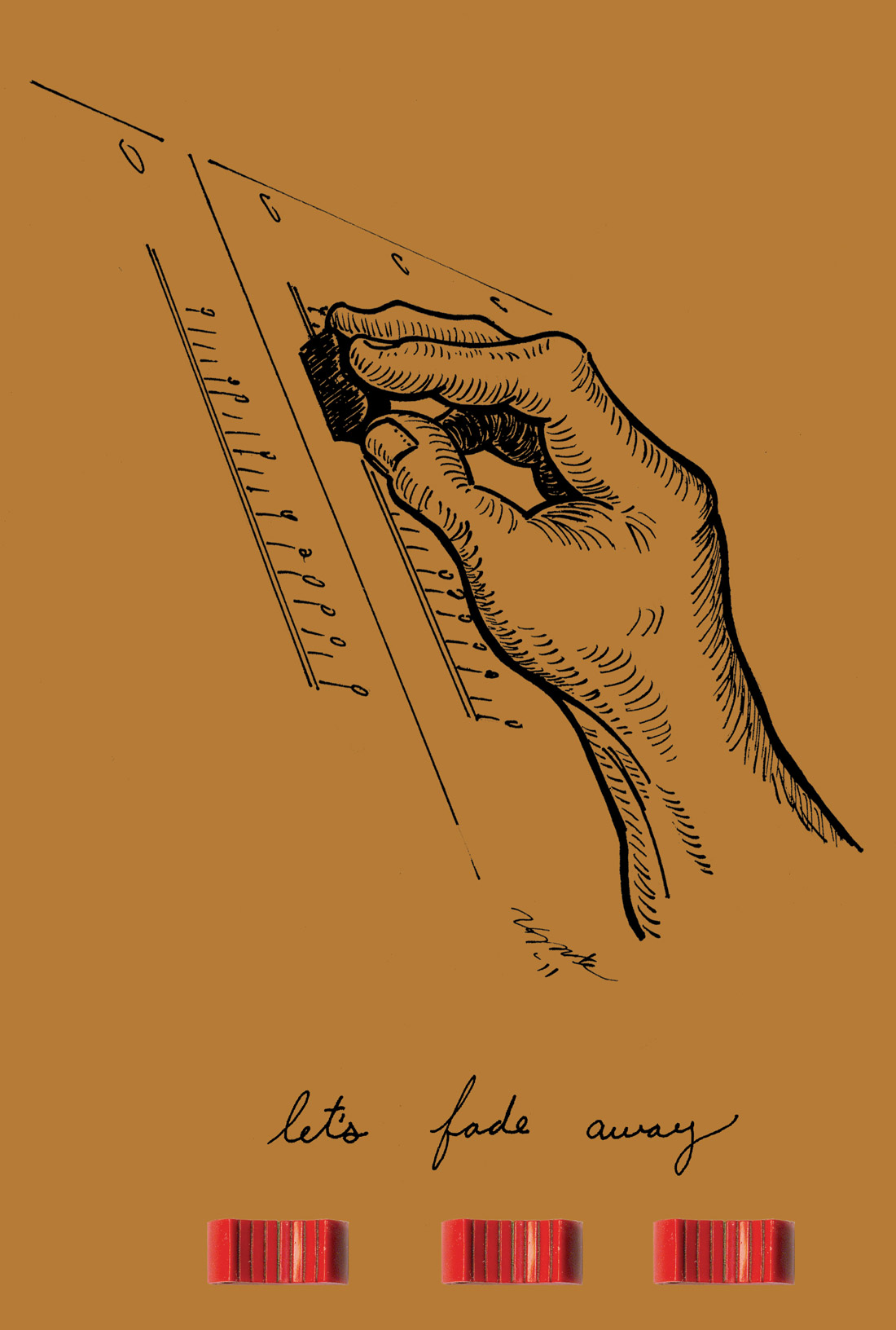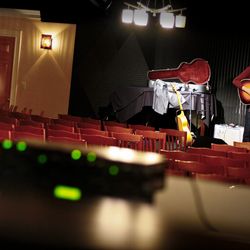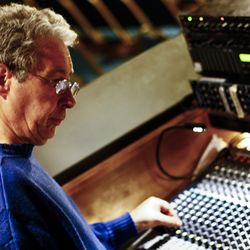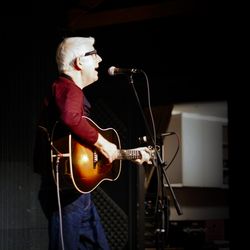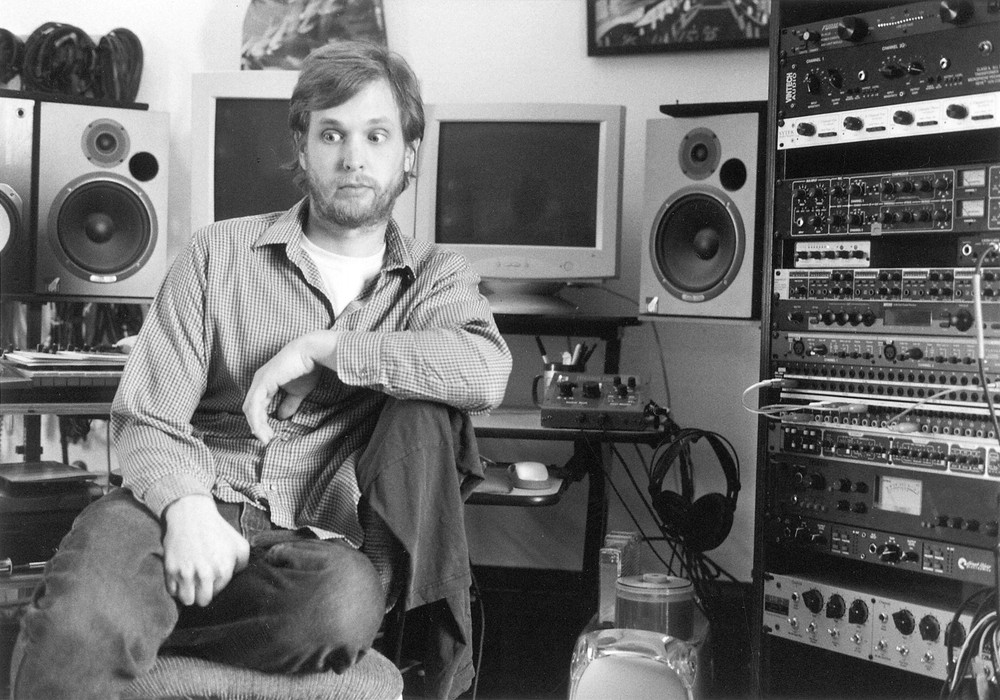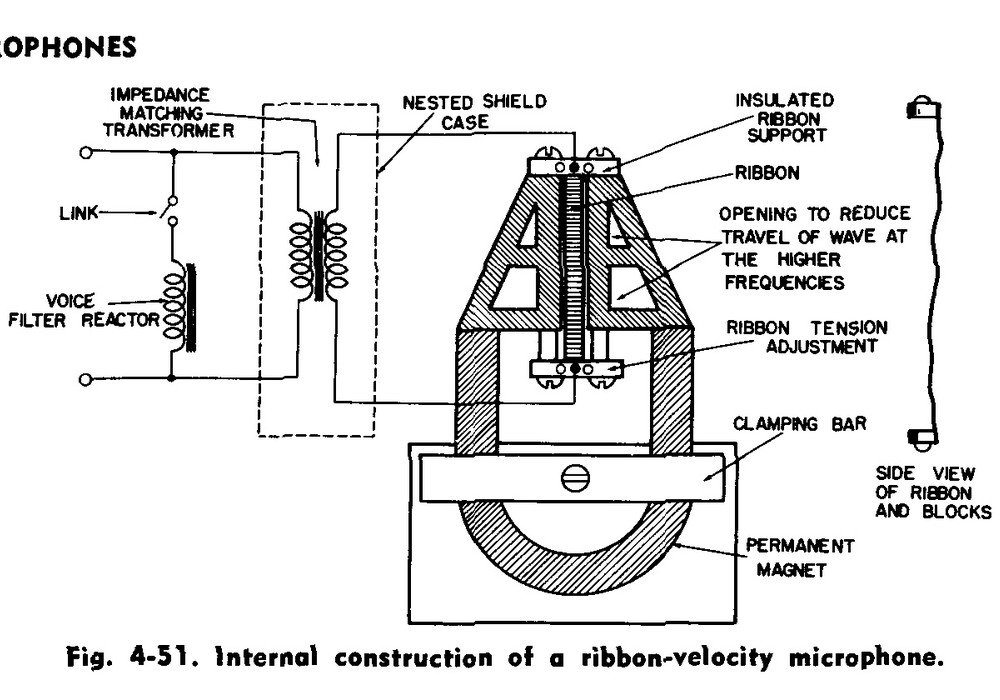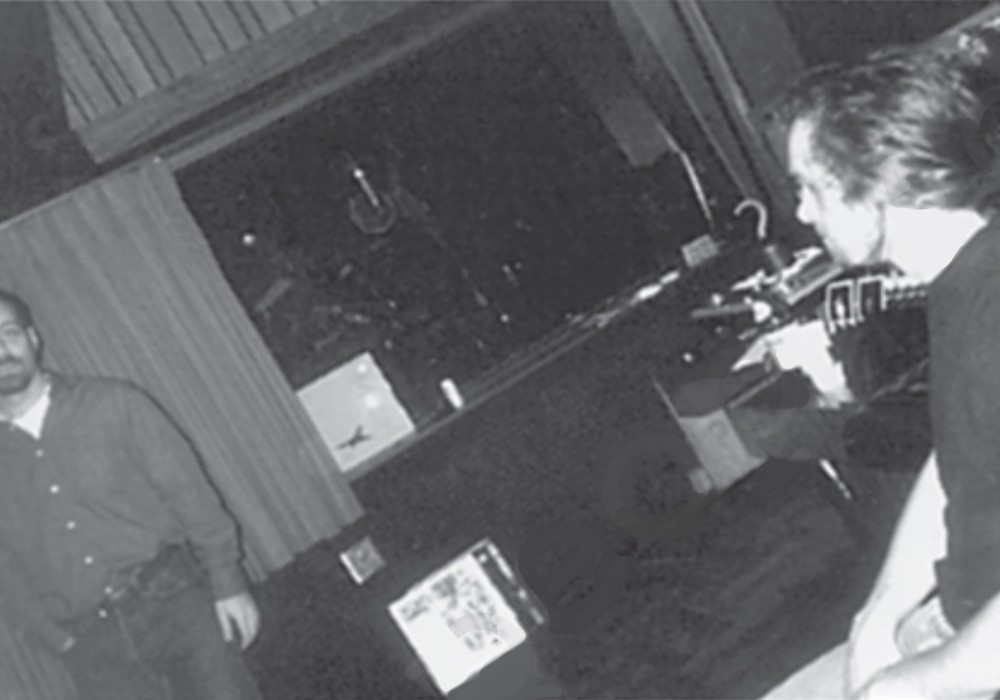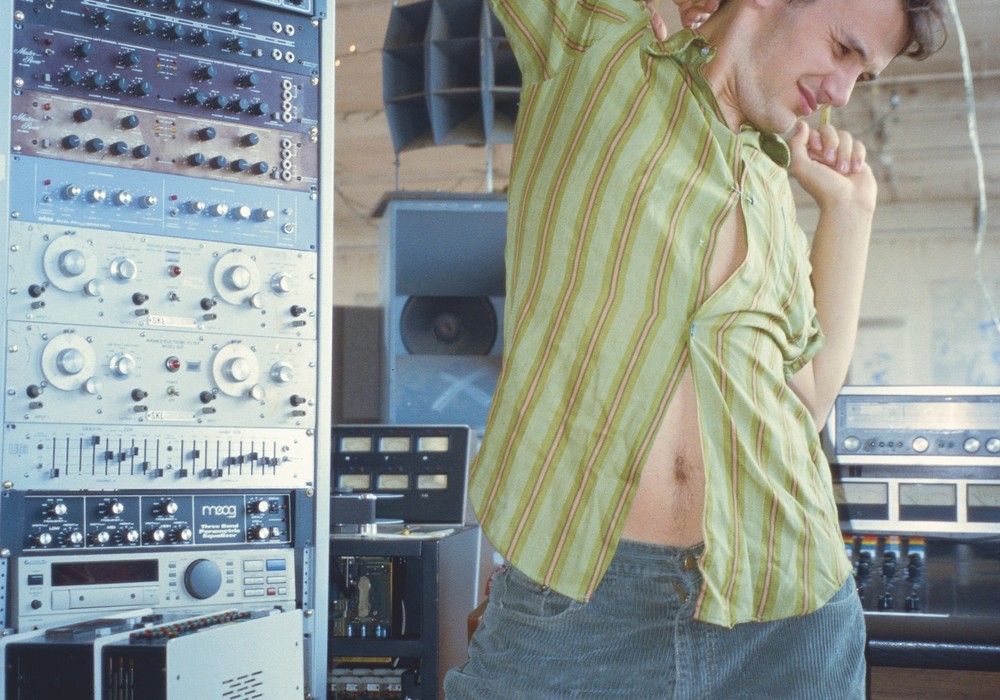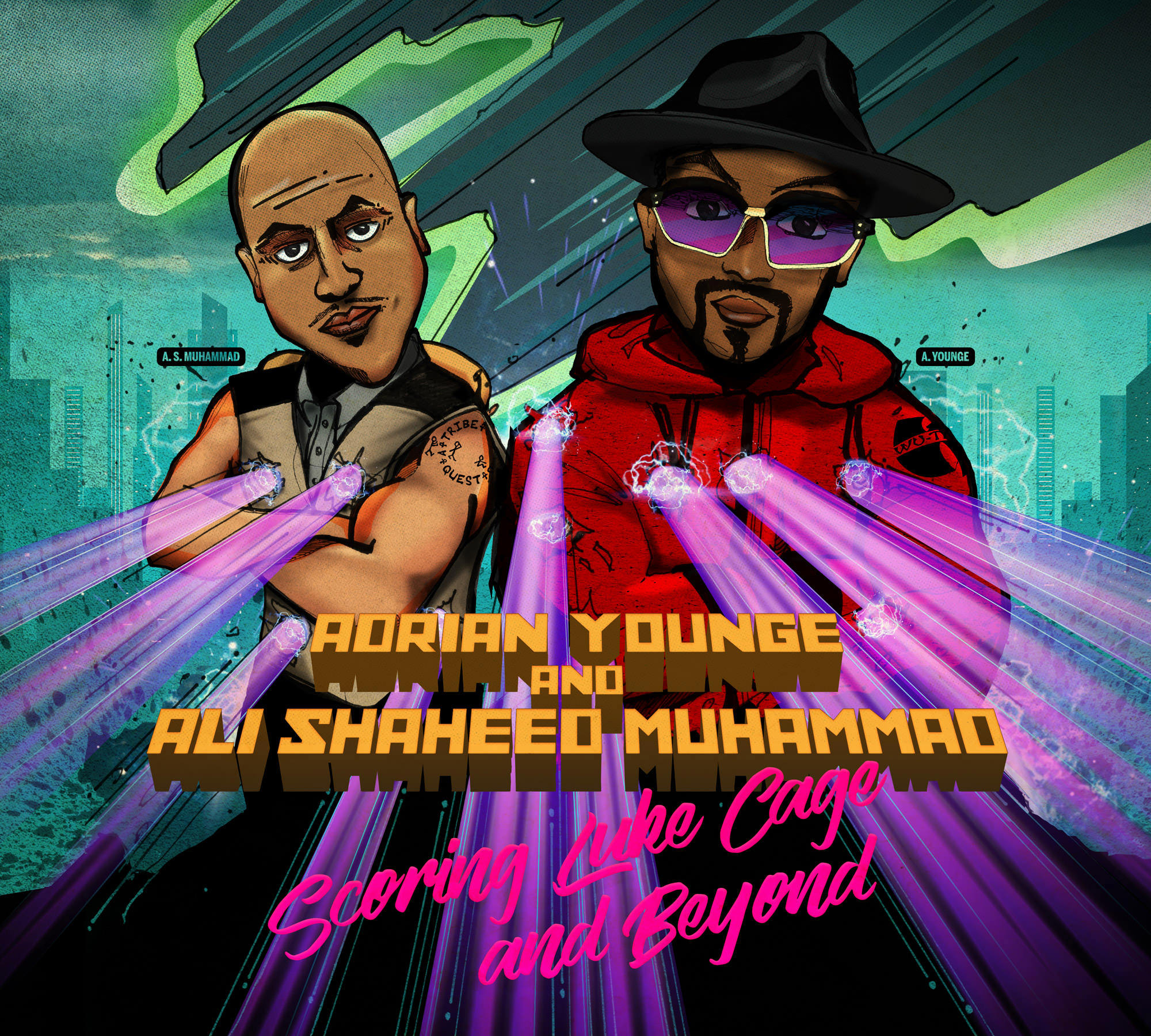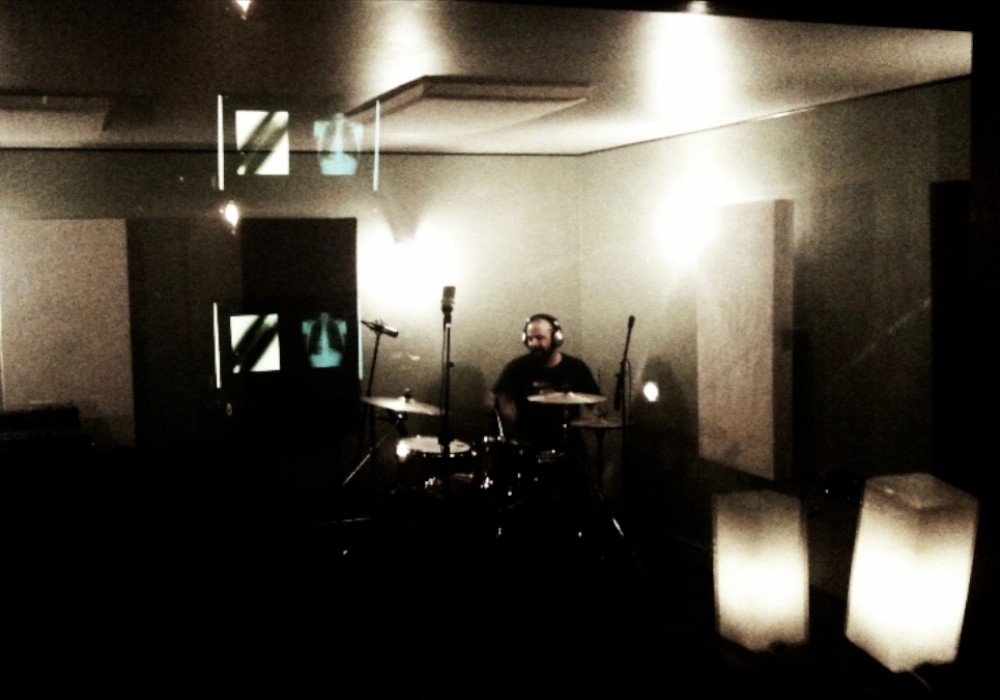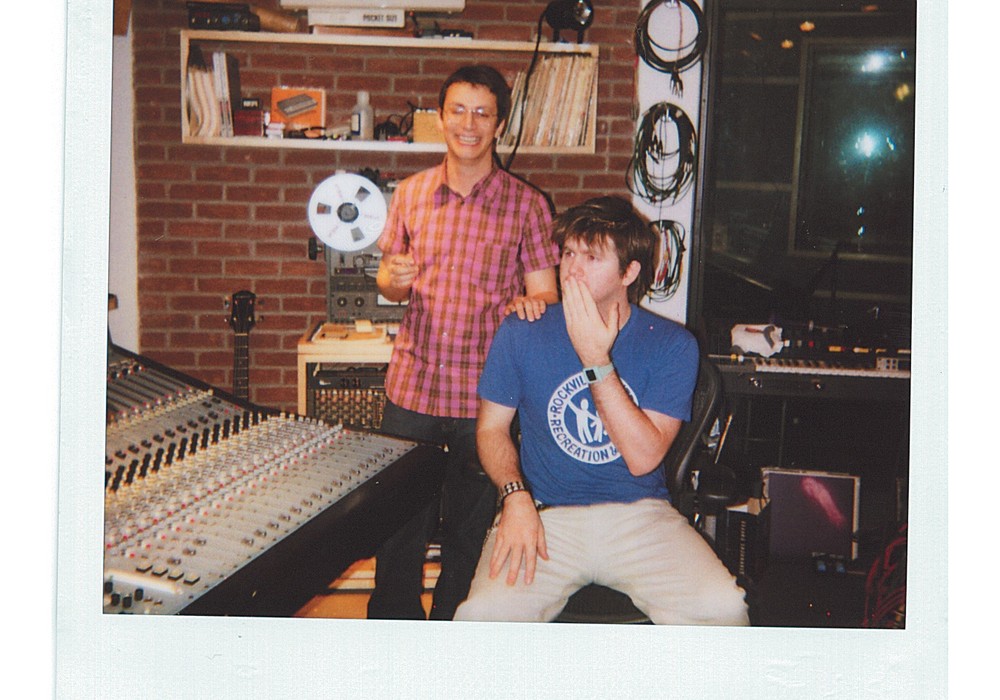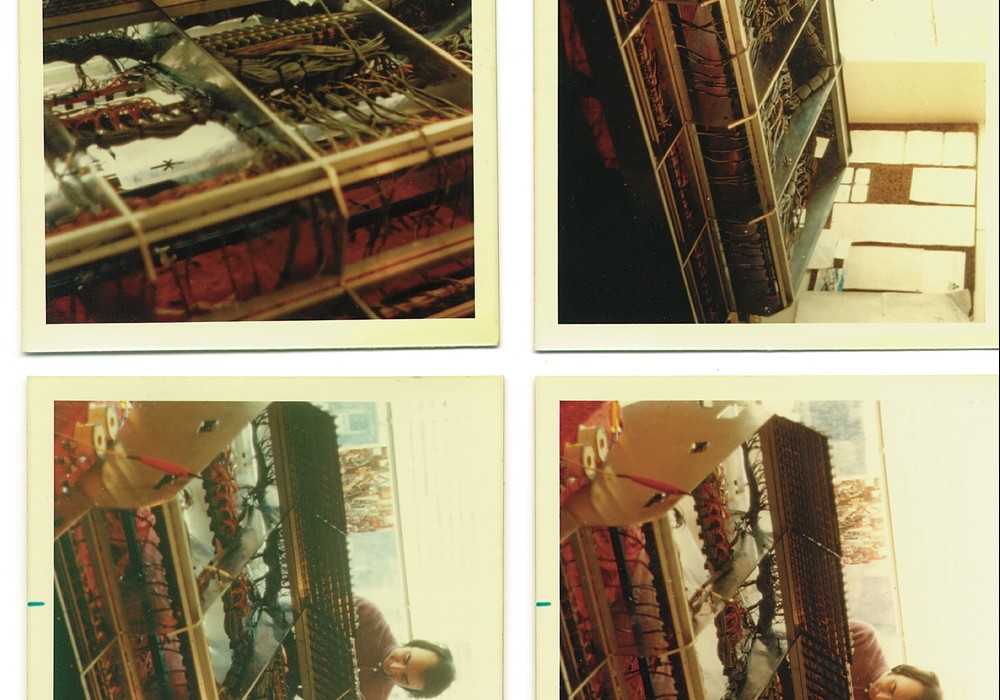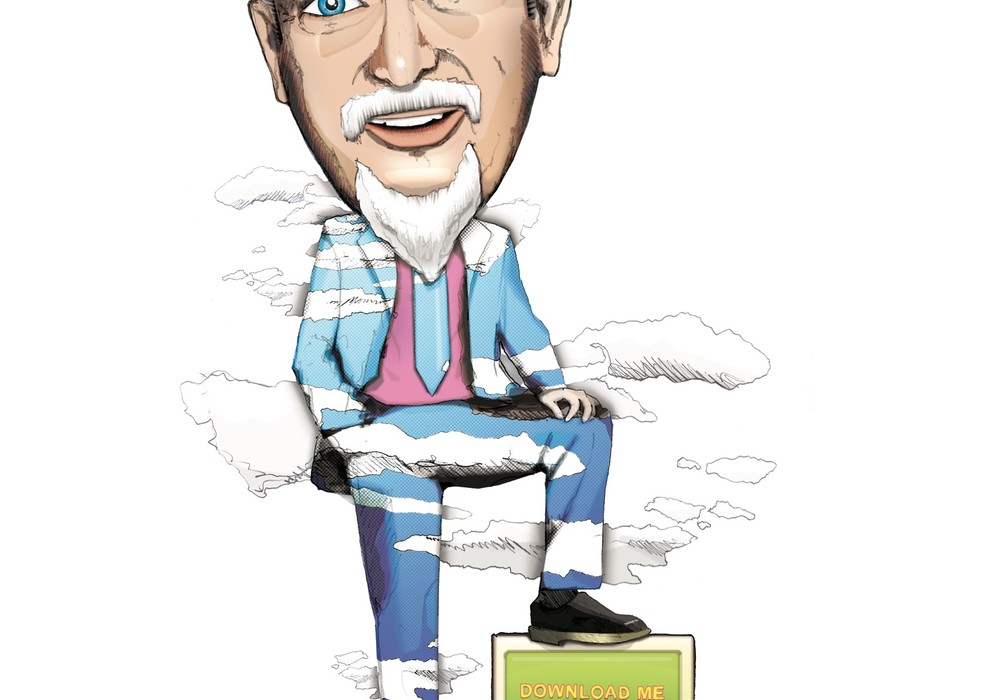Neil Brockbank is part of a dying breed of true pros. For the past several years he has been traveling with celebrated songsmith Nick Lowe on Lowe's solo tours, tirelessly wearing the hats of driver, guitar tech, soundman and tour manager. I had a chance to accompany Brockbank while he did live sound on a couple of Lowe's U.S. shows, and witnessed an artful engineering "performance," — equal parts choreography and improvisation. Neil knows Nick's songs back to front, and is able to deftly ride the vocals and instinctively add subtle flourishes of echo and reverb as needed. It always serves the song and enhances the audience's experience. The musical care offered every night was admirable to be sure.
And though he has a great deal of live sound experience, the U.K.-born-and-bred Brockbank is certainly no stranger to the studio. He's done records with some of the greats from both sides of the Atlantic like Bryan Ferry, Tanita Tikaram, Alison Moyet, Tres Chicas, Geraint Watkins, Tift Merritt and Linda Thompson. And it's Brockbank's astonishing work with Lowe, starting with 1994's The Impossible Bird, up through 2011's The Old Magic and beyond, that have garnered high praise for his natural, timeless recorded sound.
A couple of years ago I met up with Neil and his cohort Bobby Treherne (a producer in his own right and longtime drummer with Nick Lowe, Van Morrison and others) in the Camden Town neighborhood of London, where their cozy and beautifully set up studio, Goldtop, sat nestled behind sprawling wisteria in a former dairy mews. Sadly, Goldtop was recently forced to relocate, due to a lease complication. Nonetheless, Brockbank has been busy as ever under the name Goldtop@Gravity Shack at the South London studio run by Jessica Corcoran. (Please note that all references in this interview are to the original "open room" Goldtop Studio.) I enjoyed the easy-going nature of Neil and Bobby, as well as their brotherly, collaborative work spirit. Pints of bitter were quaffed down the street at the Princess of Wales pub, gear was discussed ("Ribbon mics are a godsend.") and stories were exchanged ("Of all of Van Morrison's drummers over the years, I've lasted the longest. Not sure if that's a good or bad thing." chuckled Bobby).
Why did you put Goldtop together?
I told everybody I didn't want a studio. It wasn't possible within any kind of foreseeable budget that I could ever imagine creating a studio that would make every kind of record I would want to make. That changed, and I found that actually, in the last 10 years, the records that I've been making have been much more similar to each other than I thought. I've attracted a kind of artist that wants to make a record in a certain kind of way. I'm not doing any kind of death metal and I'm not doing any hip-hop...
Goldtop is beautifully set up for seizing moments. Tell me about some of the design aspects that you guys incorporated?
When we got in it was a rectangular room, but the ceiling is much higher on one side than it is on the other. There is nothing above the ceiling other than plasterboard and a kind of metal roof. In what we jokingly call the "control room area," it has been treated to the point where the ceiling would go up really high — it doesn't. It slopes backwards, and above it are hanging triangles of very thick carpet felt at half-meter intervals all the way along there. Anything that goes up into that triangle of space above the rear of the control room doesn't come back. The same is true of the rear control room wall where all the speakers are firing too. That is constructed to be non-reflective. There is a layer of drywall and then a gap, a layer of drywall and then a gap.
Was that designed by instinct?
One of the partners here, Paul Laventhol, had done quite a lot of work building studios as a carpenter — not designing studios, but working on them. He amassed a fair amount of practical, real practical knowledge with how to deal with a room. He specified the wood floor. He knew how to put it in. The wooden floor is sitting on rubber mountings. They're made from old car tires. Paul had a lot of practical ideas, like guttering as a conduit for the cabling — simple solutions that don't cost anything but do the job. We looked at all kinds of poncy speaker stands, but we used concrete building blocks that are really heavy and sit on rubber with rubber between them and the speakers. They're an engineering solution, and I think they cost under a pound each.
The "no control room" thing — we should talk about that a little bit.
It's certainly a new idea, and it's something that couldn't have existed prior to 1970. Back in the old days, they would have to mix the record while it was being played — at least mix the rhythm track. You really needed a separate room where you could reliably do that and everybody could be confident on the production side that they were getting the sound of the record. Here the fact that you're not putting a barrier between the performing staff and the engineering staff enables people to feel much more like a team working together on the record. When you listen to a playback and somebody says, "Oh, I could just do this." They don't have to go out of a door, down the stairs, along the corridor and back into another room, where all of a sudden they're all on their own.
You don't have to worry that you're taking up too much time.
Some things get down that wouldn't otherwise get done in the overdub mode. I really like the tracking. I have to say we're not doing a lot of loud music here. There are a few bands that come by that do loud music, but I'm not necessarily personally involved in those sessions. By and large, most of the music we record here is performed really quietly with little 15-watt amps, acoustic piano and nice, quiet drums and everything — getting real tone from the instruments. Consequently it's not like you get fatigued by the volume.
I do some loud music, and the fatigue thing is a factor. Do you ever track without headphones?
Occasionally individual players will. It's quite possible — even with the drum screens up and the room set up for recording in the way that it usually is — for the bass player to hear the drums and guitar and not to wear headphones. I always encourage people to use headphones, because I think it enables them to play into the sound — to voice their instrument into the mix and into what's actually being recorded. Microphones don't hear the same way that the human ear does. If you're just playing in the room and you're relying on that, you're not really hearing what the record is in many ways. Certainly for singers, I would want them to sing into the record.
You've got a nice musical community here.
Robert Treherne played on some of Nick's stuff in the Stiff days, but he was out of town for a long while. When he came back from Texas, he introduced me to Nick. He's the key guy. Geraint Watkins is the keyboard player. There are a number of guitarists — Steve Donnelly, Johnny Scott. Nick plays the bass, but we also like Matt Radford, a double bass player. Bob Loveday is a really terrific violin player who can do great arrangements. I must also mention Matt Holland on trumpet, Martin Winning on saxophone and Kate St. John on oboe and alto sax.
Goldtop is equipped with a lot of amazing musical instruments.
Yeah, I always remember when I first ever went into a recording studio there would always be a grand piano. On occasion you'd see other things. In keeping with the concept that it's a player's room absolutely as much as an engineering room, we always thought it would be really good to have a collection of stuff that would inspire people straight away, like nice amps. A lot of bands that come in have their road amps, but they're not necessarily ideal for recording because they're too loud. We obviously wanted a piano and got that. Then something happened. People in our extended circle started noticing what we were doing and they said, "Oh, I've got a Hammond organ. Why don't you keep it up at Goldtop ?" "Oh, I've got some vibes." All of a sudden, people were throwing stuff at us. We could never have afforded to have all them.
It gives them a storage space and presumably maintenance.
And it gives them a feeling of belonging. It's part of the extended club here of people who dig it and get it and like what it is that we do. In fact, we got to a stage where we were just packed with stuff and I couldn't cope, so we actually got another room now where we can keep stuff and bring it out.
When I first heard about Goldtop, I thought of the '50s Les Paul electric guitar, but tell me what it really refers to.
Names are really hard and we did have quite a few alternatives. We came up with Goldtop for two reasons — one, we were in a mews off of Chalk Farm Road called Old Dairy Mews, and there was some indication that this room may have been a dairy 150 years ago — the cows may have been milked in here. I did consider calling it The Cow Shed, but I thought some of our female clients might not be too happy about that. Gold Top milk is a full cream, un-pasteurized, un-skimmed, undiluted, full fat type of milk that is hard to get nowadays ["The Champagne of Milk" -ed.]. If you leave it to stand, the cream will rise to the top and create a crust on the top. Two, I'm a huge fan of the output of Gold Star Studios in Los Angeles and the records they made there — not only the Phil Spector stuff, but the whole rake of other records they made there, both with the Wrecking Crew team of L.A. session guys and also bands — Buffalo Springfield and stuff. I was a huge fan of that as an idea of a studio. They made a lot of live records, and it was a little nod to that tradition.
